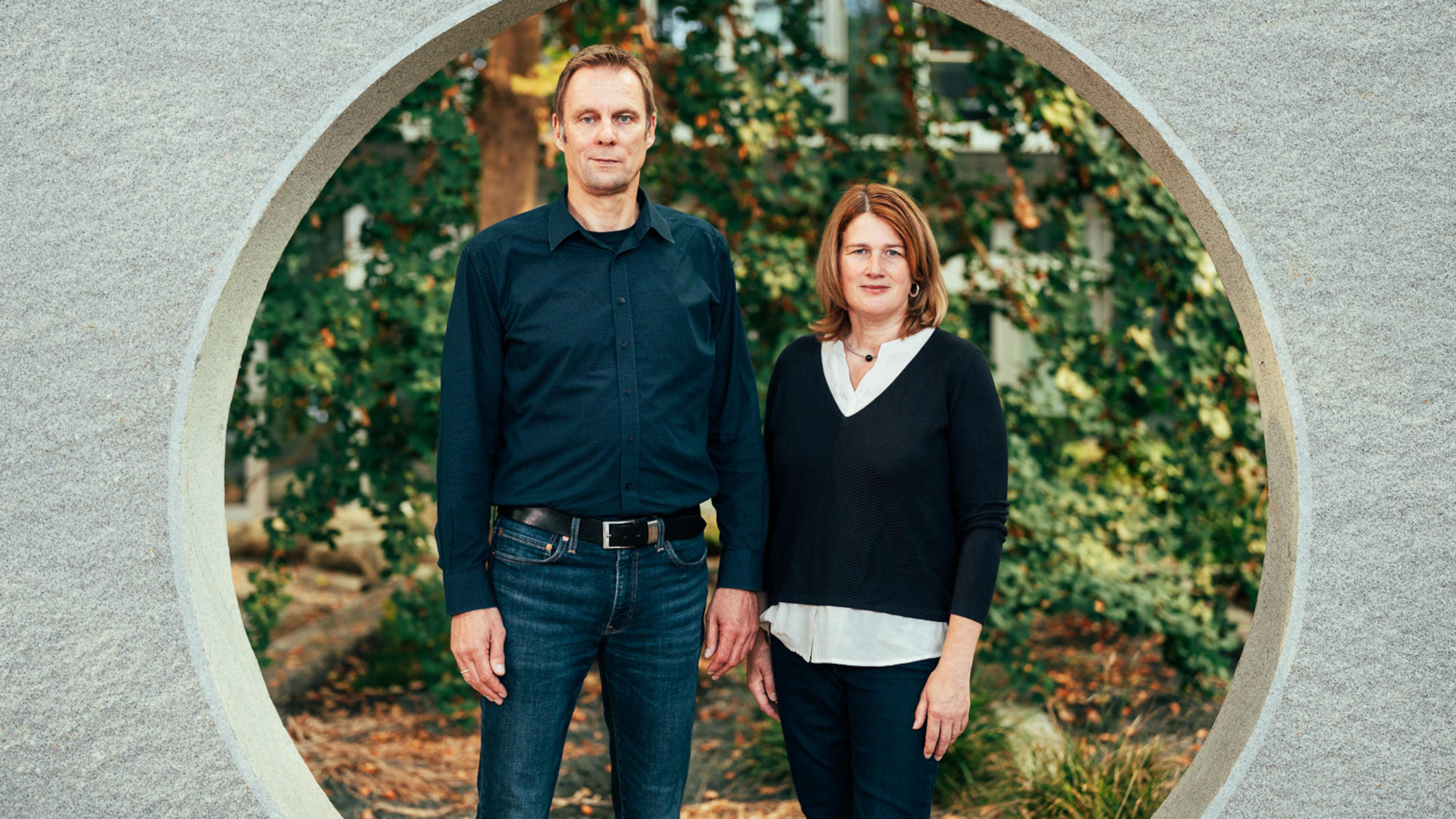
© Lukas Klose / Universität Bremen
New Developments in Bremen’s Teacher Education for Vocational Schools
The large project “Designing Interfaces: Quality Initiative Teacher Education” concludes this year. Teacher education for vocational schools profited from the results of the “SteBs” subproject.
The SteBs project improved the structure of vocational teacher education and improved the cooperation within Bremen’s vocational training landscape. This project took place at the Institute of Technology and Education (ITB) as well as the Institute for Public Health and Nursing Research (IPP) of the University of Bremen. up2date. spoke with Professor Falk Howe and Dr. Claudia Fenzl about the concrete changes that were made.
Ms. Fenzl, Mr. Howe: What are the results of the SteBs project?
In essence, we developed five aspects of vocational teacher education. We systemized the concept of a competence-based curriculum and created an online platform with pertinent exercises for vocational schools. In the area of vocational training, our colleagues at IPP created new services and will soon make these available online. On the topic of diversity in vocational training, we created a set of learning modules. We also intensified the cooperation and interaction at the many interfaces inherent in vocational training. The development of media competence was also an important goal, which we reached through many digital services within the degree program, postgraduate teaching internships, and further vocational training.
Can you elaborate?
One element that separates vocational teacher education from classical teacher education is the competence-based curriculum. In vocational schools, teaching doesn’t take place in traditional subject classes. The students learn with concrete vocational tasks, which they can solve using appropriate theoretical knowledge they already have or must obtain. In general-education schools this is usually reversed – the focus is primarily on giving theoretical knowledge and then afterwards matching it to an application scenario. One example is that in a vocational school, the electronics students are given the task of converting a storage area into an office. For this, they need to find out how to develop and implement an electronics plan. In order to do so, they need knowledge from general education – in this case, physics – as well as the electro technical knowledge. Due to the concrete task, they can and must implement the knowledge directly. A further aspect of the competence-based curriculum is that it is easily adaptable to the knowledge base of the students. While one student is currently only able to do a standard electronics installation, another might plan and implement a smart home integration. This allows the teachers to internally differentiate between and respond to the heterogeneous learning requirements of individual students.
How did you develop this competence-based curriculum?
We analyzed, systemized, and made several competence-based exercises transferable. In Spring of 2024, a digital platform will start, entitled “marketplace.” Vocational school teachers will be able to access these exercises free of charge and from any location. This is a huge relief for teachers, as they will no longer need to come up with every single exercise on their own. Instead, they can take an existing exercise and adapt it to their individual circumstances. What’s nice about this is that the marketplace is not a static storage for exercises. There are opportunities for discussion and continued development of the materials with an additional digital tool, the exercise manager. In addition, the app allows you to create a multimedia learning environment for your students, which matches the exercise perfectly. This is the result of close collaboration with the “Bremer Landesinstitut für Schule” (Bremen State Institute for Schools – LIS) and the vocational schools.
What is the status of media competence?
Media competence is essential for teachers today. The marketplace and the exercise manager are digital tools. The vocational training programs are available online and we are creating the platform “vocational training – diverse.” We also use the e-portfolio developed in ZfLB “p:ier,” which helps assess personal competences. These digital tools create new possibilities for the (future) teachers – they can download new exercises from the marketplace and digitally analyze and reflect upon their own work processes. Personal realizations are then, ideally, shared with other teachers. This makes the vocational teacher education into a digital experience and encourages teachers to continuously develop their methods, contents, and competences.
About the “Designing Interfaces: Quality Initiative Teacher Education” Project
The “Designing Interfaces: Quality Initiative Teacher Education” project started in 2016 in the Centre for Teacher Education and Educational Research (ZfLB) of the University of Bremen. It concludes at the end of 2023. Within this initiative, many projects were created to meet the requirements and demands on schoolteachers in modern times. The program was initiated by the “Bundesministerium für Bildung und Forschung” (Federal Ministry for Education and Research – BMBF). The Bremen project takes on the central task groups of the Federal-State-Program, such as connecting theory and practice, coherence of subject-specific didactics, subject studies and educational sciences degree components, organizational anchoring in the university, supporting research and young researchers, synergizing the three phases of teacher education and the professionalization in regards to heterogeneity. The SteBs project has been part of this larger goal since 2020.
Further Information
Website of the SteBs subproject (available in German only)
More about Teacher Education for Vocational Schools (available in German only)